How To Celebrate Saint Nicholas Day on December 6th
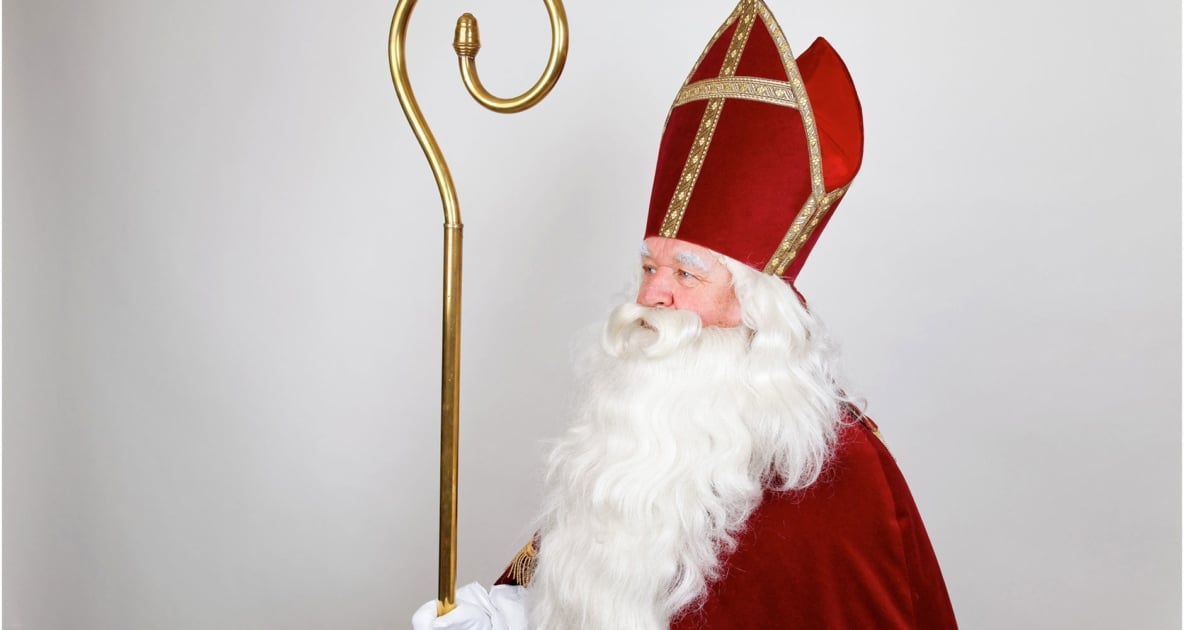
For many people in North America, the name Saint Nicholas (or “Old St. Nick”) is synonymous with Santa Claus. But in some parts of the world, Saint Nicholas has his own day, several weeks before Christmas, on December 6th. Learn how this special day is celebrated.
Who Was Saint Nick?
You could say the modern day Santa Claus is based on Saint Nicholas. But Santa is a secular form—a composite of the St. Nick in ‘Twas the Night Before Christmas and Coca-Cola advertisements from 1931-1964. The real St. Nicholas was a bishop in the fourth-century city of Myra, in what is now Turkey. Archaeologists believe they have discovered Saint Nicholas’ tomb.
According to Lives of Saints, published by John J. Crawley & Co., Inc., Nicholas had pious and virtuous parents who died while he was young, leaving him with a comfortable fortune, which he resolved to use for works of charity. He was known for his great kindness and his generous help to people in trouble.
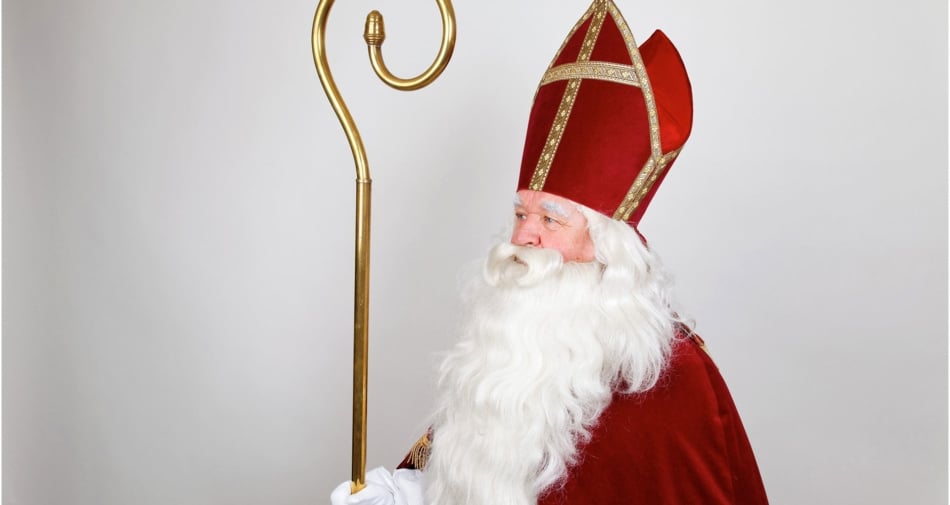
Today, a website devoted to Nicholas documents 318 churches in the United States named after him. One can be found in almost every state, with most being in the northeast and north-central parts of the United States.
St. Nicholas is shared by many Christian denominations; his name graces Roman Catholic, Episcopal, Lutheran, Presbyterian, Reformed, Methodist, Greek Orthodox, and Russian Orthodox churches. Many of these churches and their surrounding communities celebrate St. Nicholas Day around December 6th.
Did St. Nick Wear The Red Suit?
St. Nicholas has been the subject of drawings and paintings throughout the ages. He is typically shown wearing a bishop’s robe and a miter on his head and holding a crosier, a clerical staff resembling a shepherd’s hook.
Like the modern Santa, his clothing is often red, with plush white trim. Nicholas is sometimes depicted with a donkey, which carries saddlebags full of gifts, while other artists show him on a white horse.
Leaving Gifts
The belief that Nicholas had an incredible love for children probably stems from him helping those in need. And the tradition of secretly leaving presents in the night for children grew from the belief he didn’t want to be seen. He wanted those he helped to give thanks to God.
In Germany, Switzerland and the Netherlands, gifts have been bestowed on children in St. Nicholas’ name for hundreds of years. While the early Dutch settlers of New Amsterdam made the custom popular on this side of the Atlantic. But these nationalities aren’t alone in their historical affection for Nicholas.
In Russia, he and St. Andrew are joint national patrons. Celebrations of Saint Nicholas Day in Northern Europe traditionally included gifts left in children’s shoes.
Good children received treats—candies, cookies, apples, and nuts. While naughty children found switches or lumps of coal. Sometimes coins were left in the shoes.
Naughty or Nice?
In some European households, the father of the family dressed up as St. Nicholas on the eve of his feast. He came in, sometimes with his sidekick, Krampus or Black Peter, and admonished the bad while rewarding the good.
Many of these traditions were brought to the New World by European immigrants and in towns or neighborhoods with strong German, Dutch or Belgian roots, children still put out their shoes or stockings to be filled with goodies.
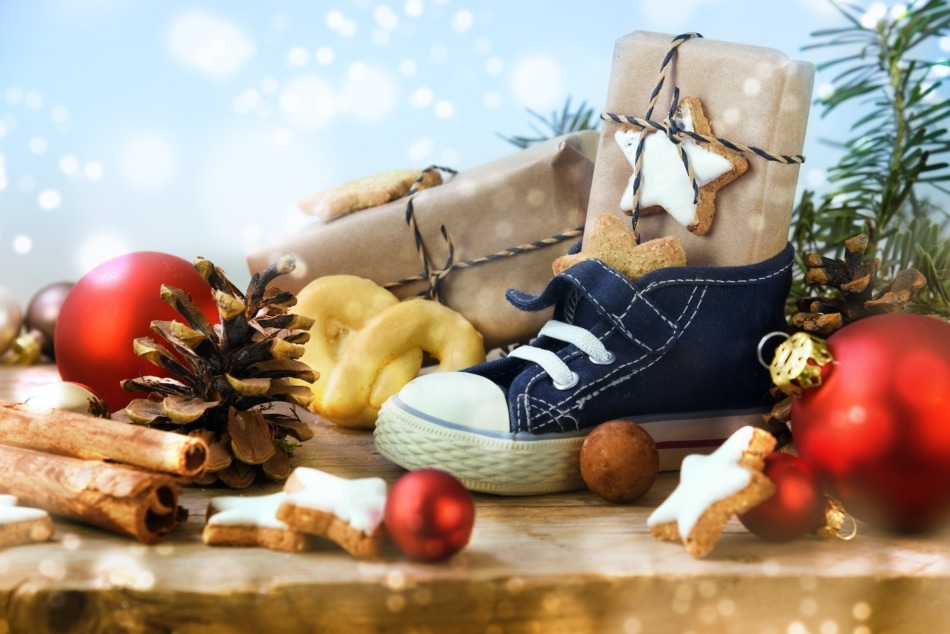
How to Celebrate Saint Nicholas Day, December 6th
In towns founded by Dutch settlers, like Holland, Michigan, and Pella, Iowa, there are annual St. Nicholas parades. In New Ulm, Wisconsin, German and Austrian legends of St. Nicholas are told, and a bonfire is made of the sticks that St. Nicholas had brought for bad children, but found he didn’t need because they were all so good.
In Mifflinburg, Pennsylvania, St. Nicholas greets visitors during a three-day Christmas market inspired by the centuries-old traditional German Christkindl Markt, or Christ Child Market.
If you’d like to add a Saint Nicholas Day celebration to your family’s December calendar, here are some suggestions:
- Give treats: On the night of December 5th, have children fill their shoes with pieces of carrot or bits of hay for St. Nicholas’s white horse or donkey, and then place the shoes outside bedroom doors, in windows, or on the hearth. A candy treat or simple gift should appear by morning.
- Be extra nice: Encourage children to come up with a kind “Nicholas deed” to do for someone else in secret, like shoveling an elderly neighbor’s walk, cleaning their rooms without being asked, or leaving an encouraging note for a classmate.
- Tell the story of Saint Nicholas: There are dozens of books about St. Nicholas available for both adults and children.
- Give gifts: In some Dutch homes, simple gifts are wrapped in deceiving ways. A pen might be found inside a hollowed-out carrot or something small could be nested inside multiple boxes and wrappings. Recipients are often given riddles or clues in order to find where their gifts are hidden.

Join the Discussion
Does your family celebrate St Nicholas Day?
Share your good deeds and gift ideas in the comments!

Judy Kneiszel
Judy Kneiszel is a freelance writer from De Pere, Wisconsin. She contributes to regional and national magazines and newsletters, writing on a wide variety of topics including food, farming, health, renewable energy, and running a small business.


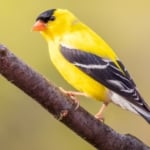




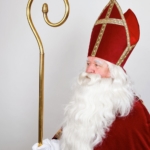
Merry Christmas 🎄🎁
Hi Judy,
Nice story, a good one to share with my US and Canadian colleagues.
Oliebollen are generally eaten around new years day. During Sinterklaas we eat pepernoten, kruidnoten spekulaas Stuffed or not 😉 and banketstaaf
A good overview of all kinds of sinterklaas ‘food’ can be found here: http://dutchfood.about.com/od/dutchholidayrecipes/a/Sinterklaas.htm
Rob.
actually? the olie bollen are no longer just prepared for New Year’s eve in the Netherlands..they are available from the middle of November in most cities and towns in the Netherlands these days..AND here where I live in this part of Canada? our Dutch stores sell Speculaas all year round!! and in Canada there are many many Dutch grocery stores that sell Sinterklaas and Christmas goodies..from about middle of Nov. or around the first of Dec.. but in the Toronto, Ontario, Canada area.. for decades there is an immigrant organization which has every year a sinterklaas afternoon for the children and their parents. where the Sint and his Black Peters come to visit. the after these days is with a magician but there is plenty of coffee and chocolate milke (imported from the Nls) for all to drink with of course the peculaas en the children all go home with a small bag of the typical sinterklaar goodies.. AND of course Speculaas..
St. Nicholas was an Orthodox Bishop in the Greek city Myra, which is in modern day Turkey. The dowry story is certainly cited on the celebration of his day in Orthodox communities world wide. In 325 at the Council of Nicea he shouted down the heretic Arias.
http://www.stnicholascenter.org/pages/who-is-st-nicholas/
I have celebrated St Nicholas Day since my children were little.@ 32 & 38 along with their children we still celebrate & everyone looks forward to it.It takes the edge off of Christmas anticipation.
Thanks for the St. Nick story. As my four kids were growing up, our household decorations played up St. Nick more than Santa to keep everyone focused on the Christian, not commercial, aspects of Christmas. Good Job! Merry Christmas to all!